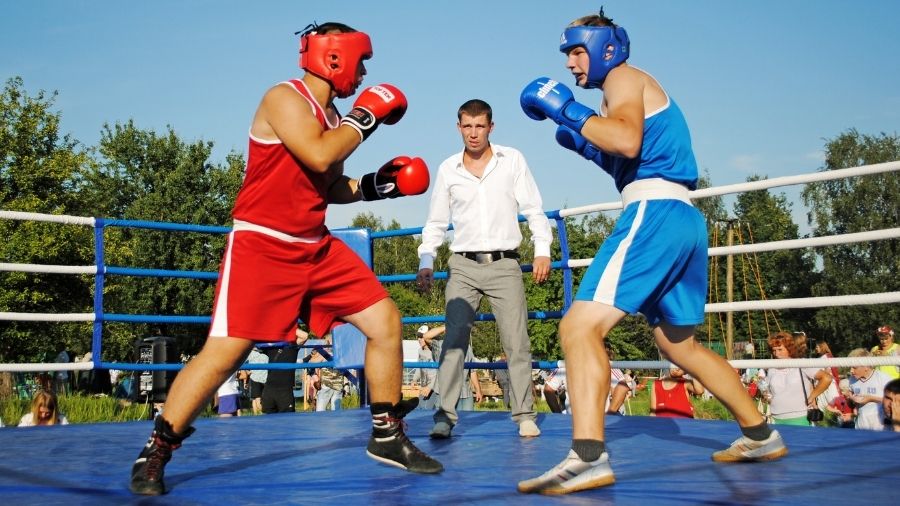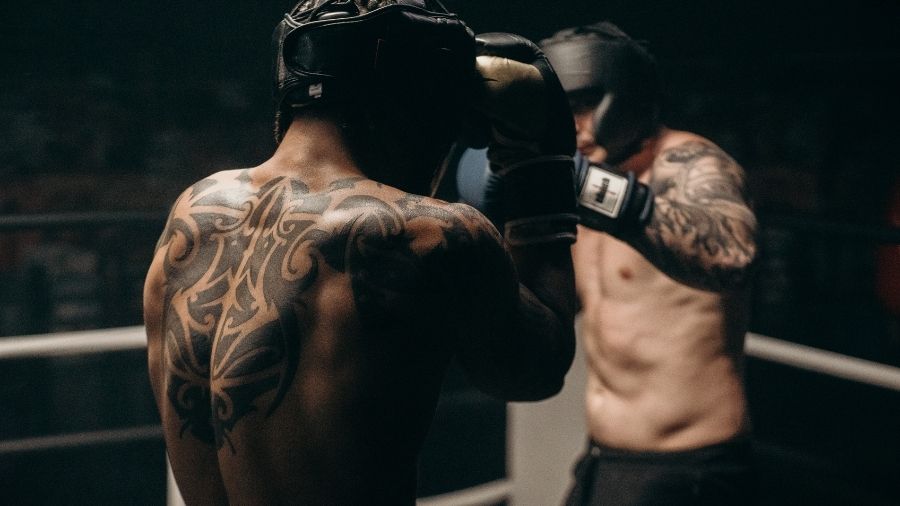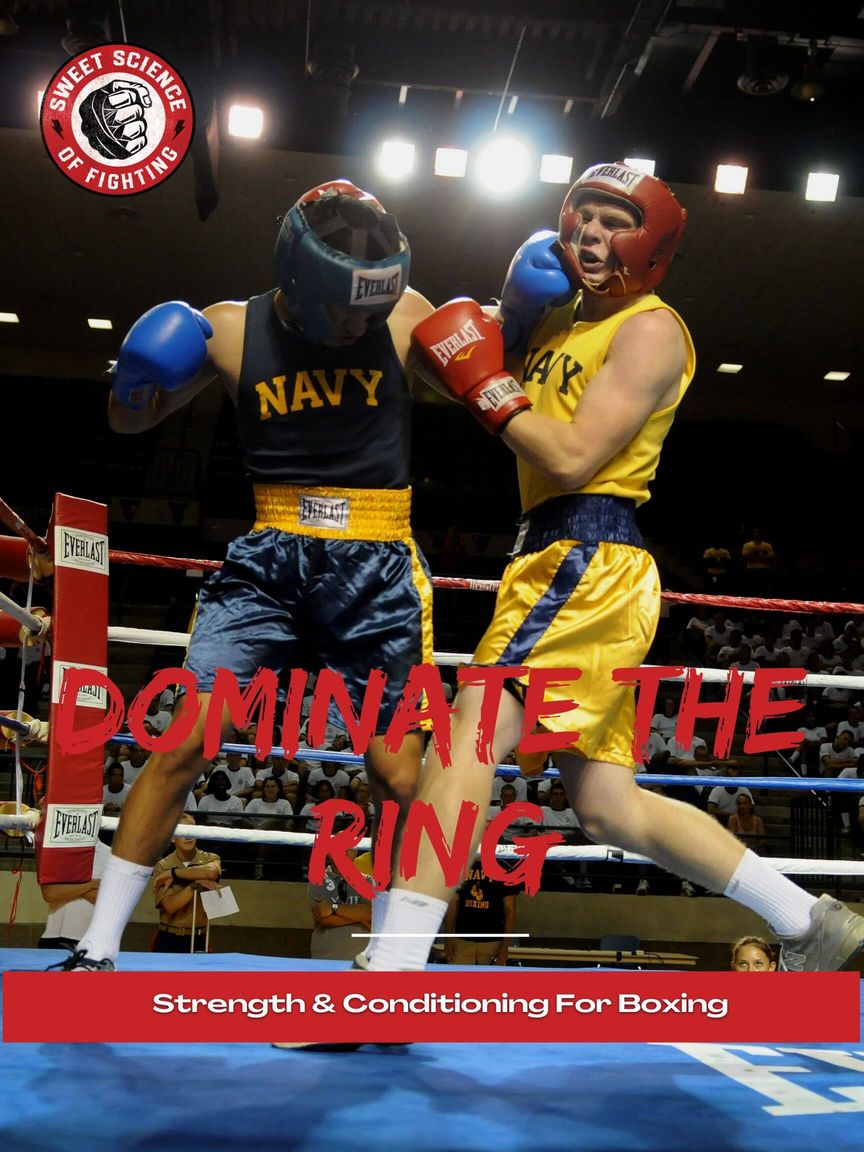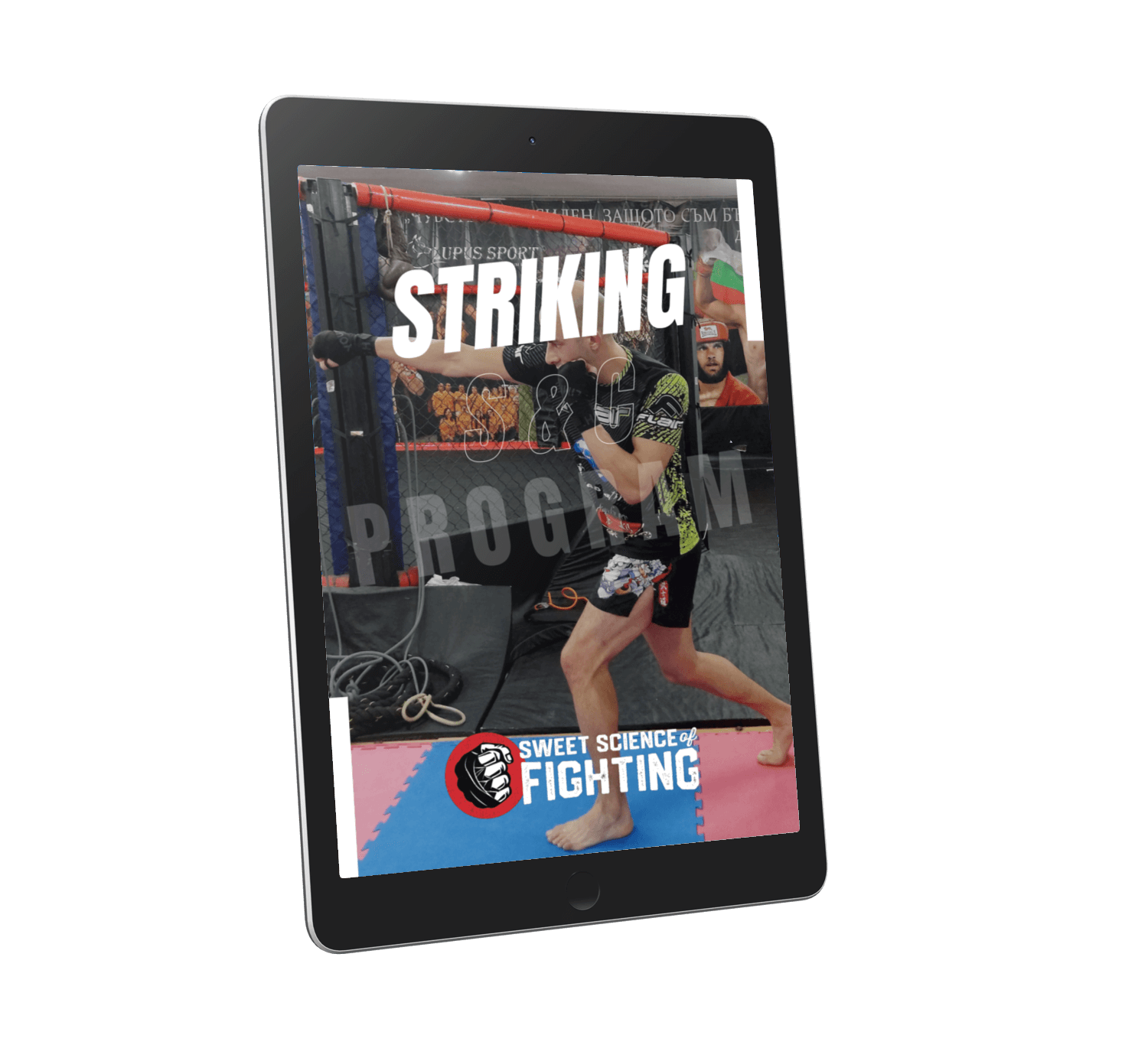As in any other combat sport, there are levels in boxing, both when it comes to skills and when it comes to competition. Most boxers start their careers in amateur and Olympic boxing before turning pro later in their careers.
In some way, boxers can’t succeed on the pro level without earning their stripes as an amateur first. But how does Olympic boxing differ from pro boxing?
Olympic boxing is amateur boxing where the rules differ from pro-level regarding the number of rounds, gear fighters need to wear, and scoring criteria. Professional boxing is a home of skilled boxers who fight for money, fame, and legacy. The emphasis is on aggression, hurting the opponent as much as possible, and winning a fight at all costs.
Keep reading this article to learn more about how Olympic boxing differs from pro boxing.
Professional Boxing vs. Olympic Boxing
The Rules
Olympic boxing rules differ a lot from professional boxing. The emphasis of amateur boxing is on gaining experience, learning, and growing as a boxer. In this day and age, there are three central governing bodies in amateur boxing, out of which “IOC” is responsible for Olympic Boxing:
Discover The Little Known Secrets For Unlocking Devastating KO Power!
Heavy hands are built doing these things...
- International Amateur Boxing Association (AIBA) – since 1946, AIBA has been handling events like “World Boxing Championships” and “Boxing World Cup.”
- International Olympic Committee (IOC) – founded in 1894, IOC handles boxing events at the Olympic Games.
- International Military Sports Council (CISM)-founded in 1948, CISM handles “Military World Games.”
Professional boxing rules differ a lot between countries and organizations. Still, most promotions follow the famous “Queensberry Rules” put together in 1867 by John Chamber. The general rules are always the same, but promotions may decide to increase or decrease the number of rounds, for instance. There are four primary governing bodies:
- World Boxing Association (WBA)
- World Boxing Council (WBC)
- International Boxing Federation (IBF)
- World Boxing Organization (WBO)
Weight classes
Men
| Weight class | Upper Limit |
| Flyweight | 115 pounds (52 kg) |
| Featherweight | 126 pounds (57 kg) |
| Lightweight | 138 pounds (63 kg) |
| Welterweight | 152 pounds (69 kg) |
| Middleweight | 165 pounds (75 kg) |
| Light Heavyweight | 178 pounds (81 kg) |
| Heavyweight | 200 pounds (91 kg) |
| Super Heavyweight | Unlimited |
Women
| Weight class | Upper Limit |
| Flyweight | 115 pounds (52 kg) |
| Featherweight | 126 pounds (57 kg) |
| Lightweight | 138 pounds (63 kg) |
| Welterweight | 152 pounds (69 kg) |
| Middleweight | 165 pounds (75 kg) |
Professional Boxing Has 17 Weight Classes
| Weight class | Upper Limit |
| Minimumweight | 105 pounds (48 kg) |
| Light Flyweight | 108 pounds (49 kg) |
| Flyweight | 112 pounds (51 kg) |
| Super Flyweight | 115 pounds (52 kg) |
| Bantamweight | 118 pounds (53.5 kg) |
| Super Bantamweight | 122 pounds (55 kg) |
| Featherweight | 126 pounds (57 kg) |
| Super Featherweight | 130 pounds (59 kg) |
| Lightweight | 135 pounds (61 kg) |
| Super Lightweight | 140 pounds (63.5 kg) |
| Welterweight | 147 pounds (67 kg) |
| Super Welterweight | 154 pounds (70 kg) |
| Middleweight | 160 pounds (72.5 kg) |
| Super Middleweight | 168 pounds (76 kg) |
| Light Heavyweight | 175 pounds (79 kg) |
| Cruiserweight | 200 pounds (91 kg) |
| Heavyweight | Unlimited |
Rounds
Olympic boxing matches are short and include fewer rounds than pro matches. The duration of the match is the same for both men and women. Boxers compete for three rounds where each round is 3 minutes long, and there is a 1-minute break between each round.
Professional boxing bouts have from 4 rounds to 12 rounds. The exact number of rounds is based on the skill level of both boxers, but the matches at the highest levels are always 12 rounds. In some cases, pro matches could also have less than four rounds, notably in Australia. Each round is 3 minutes long, or 2 minutes for women, and there is a 1 minute rest period between each round.
Protective Gear

Olympic boxing rules are all about the safety and health of the young boxers. In 2016, headgear was removed for male boxers while female boxers still have to wear it as of the Rio Olympics. Studies have shown that boxing with headgear leads to more knockdowns and stoppages [1]. That said, all competitors must wear:
- Full padded boxing gloves that are 12 ounces in weight (Boxers below 165 pounds wear 10-ounce gloves)
- Headgear (only for women)
- Shorts, a boxing jersey, and a pair of boxing shoes
- Mouthguard
Professional boxers are easy to recognize as they do not wear headgear or a boxing jersey. They compete wearing:
- Full padded gloves that come in different sizes
- Boxing shorts and shoes
- Mouthguard
Earnings
Olympic boxers are not prizefighters. Or in other words, they do not earn any money during their amateur careers. But on the other hand, there are various ways they can make some money on the side.
For instance, they may receive gear and clothing from their sponsors. Or, get the money for travel costs like hotels, food, airplane tickets. The top-level boxers may get paid to do seminars, speeches, or even financial support from the government.
Professional boxing, on the other hand, is all about the money. It is one of the highest-paid sports where boxers on the top levels earn hundreds of millions of dollars per fight. But, let’s not forget that boxers on the lower tier can earn as little as $2,000 per bout. How much you are going to make is based on many factors. For instance, you need to be dominant and entertaining to get the best deals.
Scoring the fight
Olympic matches have five judges sitting beside the ring and scoring the bout. The judges use the famous 10-point system that is very similar to the one pro boxing in some areas. This idea is to narrow the gap between amateur and pro boxing. At the end of each round, judges choose the winner of that round based on:
- The number of clean blows landed
- Domination of the match
- Displayed level of technique
- Tactical superiority
The winner of the round gets 10 points, while the loser gets 9, 8, or 7 points. If the bout goes to distance, a boxer can win a match by three types of decision:
- Unanimous
- Majority
- Split
Professional matches have three judges sitting beside the ring. They use the 10-point scoring system to determine the winner of the fight. The concept is the same as in amateur boxing, where the winner of the round gets 10 points while the loser gets 9, 8, or 7. But, scoring in pro boxing differs when it comes to scoring criteria. Judges pick the winner of the round based on:
- Effective aggression
- Defense
- Ring generalship
- Clean punches landed
Damage and injuries
Olympic boxing is much, much safer. That said, it has a much lower injury rate, notably when it comes to brain injuries like traumas. First, amateur bouts have 3 x 3-minute rounds, which is far less than pro bouts that are 12 rounds.
This means that amateurs absorb far fewer clean strikes. Next, the scoring system favors clean punches rather than damage. That’s why the focus is on technique, speed, and precision, which is why amateur boxing is much safer.
Professional boxing is all about the damage and brutal knockouts. Pro boxers are aggressive, and they throw each punch with violent intention. This is why boxing is one of the most dangerous combat sports. It has a high injury rate, notably when it comes to severe brain injuries.
Can An Amateur Boxer Beat A Pro?

Yes, amateur boxers have all the tools and skills to beat pro boxers under the amateur rules. In fact, this happens quite often in the Olympic Games. Since 2016, pro boxers can switch over and take part in the Olympics, and many of them have lost to amateur boxers.
Skill-wise, let’s not forget that just about every pro boxer has a strong amateur boxing background. So they are more than familiar with all the rules and strategies. On top of that, they are more than happy to go from 12 rounds of intense fighting to 3 rounds.
But what about the professional boxing rules? There is a slight chance that amateurs could achieve the same under pro rules, but it would be tough to do.
The rules differ so much that it would be foolish to think that an amateur boxer can win under pro rules. You can even look at it as two separate combat sports. Or, as the Irish pro boxer Carl Frampton would say, “It’s like a badminton player playing tennis.”
The gap between amateur and pro boxing was much more significant back in the old days. But in this day and age, amateurs can quickly shift over to professionals. For instance, they can quickly gain experience in semi-pro bouts, like in “World Series Boxing,” for example. Does this mean that modern amateur boxers can win under pro rules?
Well, this is highly unlikely. First of all, amateur boxers compete for three rounds, while pro bouts have 12 rounds. So no matter how skilled they are, most amateur boxers would gas out, notably when a pro boxer starts walking them down and pressuring. The difference in strategy and rules is simply too big to expect from an amateur to win a match under pro boxing rules.
Amateurs need to spend some time training before they can turn pro.
Are Professional Boxers Allowed In The Olympics?
Yes, professional boxers can participate in the Olympic Games to fight against amateurs. It has been like that since 2016 when the rules have changed before the Rio Olympics. For instance, in the 2020 Tokyo Olympic Games, 36 boxers out of 186 in total have had pro boxing experience. Yet, it’s worth pointing up that none of them had more than nine pro bouts on their records.
But bear in mind that this means that pro boxers are stepping into the amateur world. Or in other words, they must compete under amateur rules that differ a lot from pro rules. In the eyes of the layman, this doesn’t sound like a big deal considering that most pro boxers have an amateur background.
But there are many reasons why top-level boxers will never switch over and fight in the Olympics. The most obvious one is, of course, money. First of all, pro boxing is a sport where athletes compete for money and fame. Most pro boxers don’t want to risk getting hurt or injured in the Olympics, where they won’t earn any money.
But on the other hand, the potential injury may have an impact on their pro career. And, of course, the amount of money they can potentially earn in the future. Looking at their earnings, we are talking about the dozens of millions of dollars.
Staying healthy is the most crucial thing in combat sports. So most pro boxers don’t want to play with fire and risk sustaining an injury while chasing the Olympic gold.
The other reason not to compete in the Olympics is the rules. Olympic rules differ a lot from the ones in pro boxing regarding rounds, strategies, and scoring. That said, most pro boxers choose not to participate in the Olympics because that means they have to go out of their comfort zone.
This means they need to fight under the rules they are unfamiliar with. Imagine a famous pro boxer losing a fight to an unknown amateur; it would instantly destroy their career.
12 Weeks To Knockout Power!
Train like a professional boxer, develop knockout power, and dominate the ring!


References
- Loosemore, M. P., Butler, C. F., Khadri, A., McDonagh, D., Patel, V. A., & Bailes, J. E. (2017). Use of Head Guards in AIBA Boxing Tournaments—A Cross-Sectional Observational Study. Clinical Journal of Sport Medicine, 27(1), 86-88.


